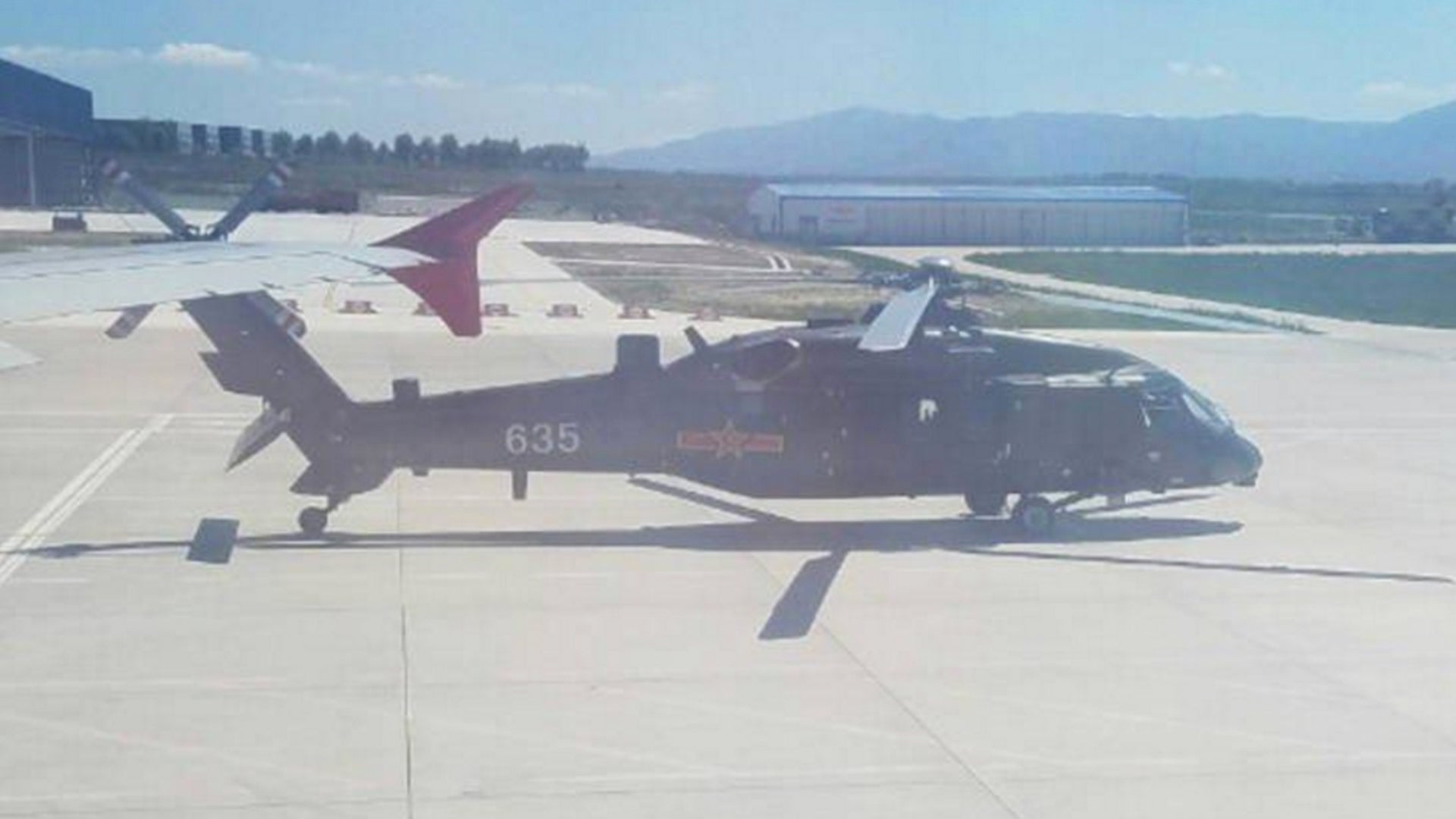Just a day after new imagery surfaced of China’s “other” stealth fighter, the Shenyang FC-31, photos have emerged that give us the best look yet of the Z-20, Beijing’s shadowy H-60/S-70 Black Hawk clone.
The Z-20, which has been an elusive beast since taking its first flight a couple years ago, differs from the Black Hawk in a number of small ways. Noticible changes include the cockpit area shaping, changes to its tail configuration, and above all, its rotor design. The Z-20 has five rotors instead of the four found on the Black Hawk. A satellite communications array, or at least a place for one, also appears to be installed on the Z-20’s spine.
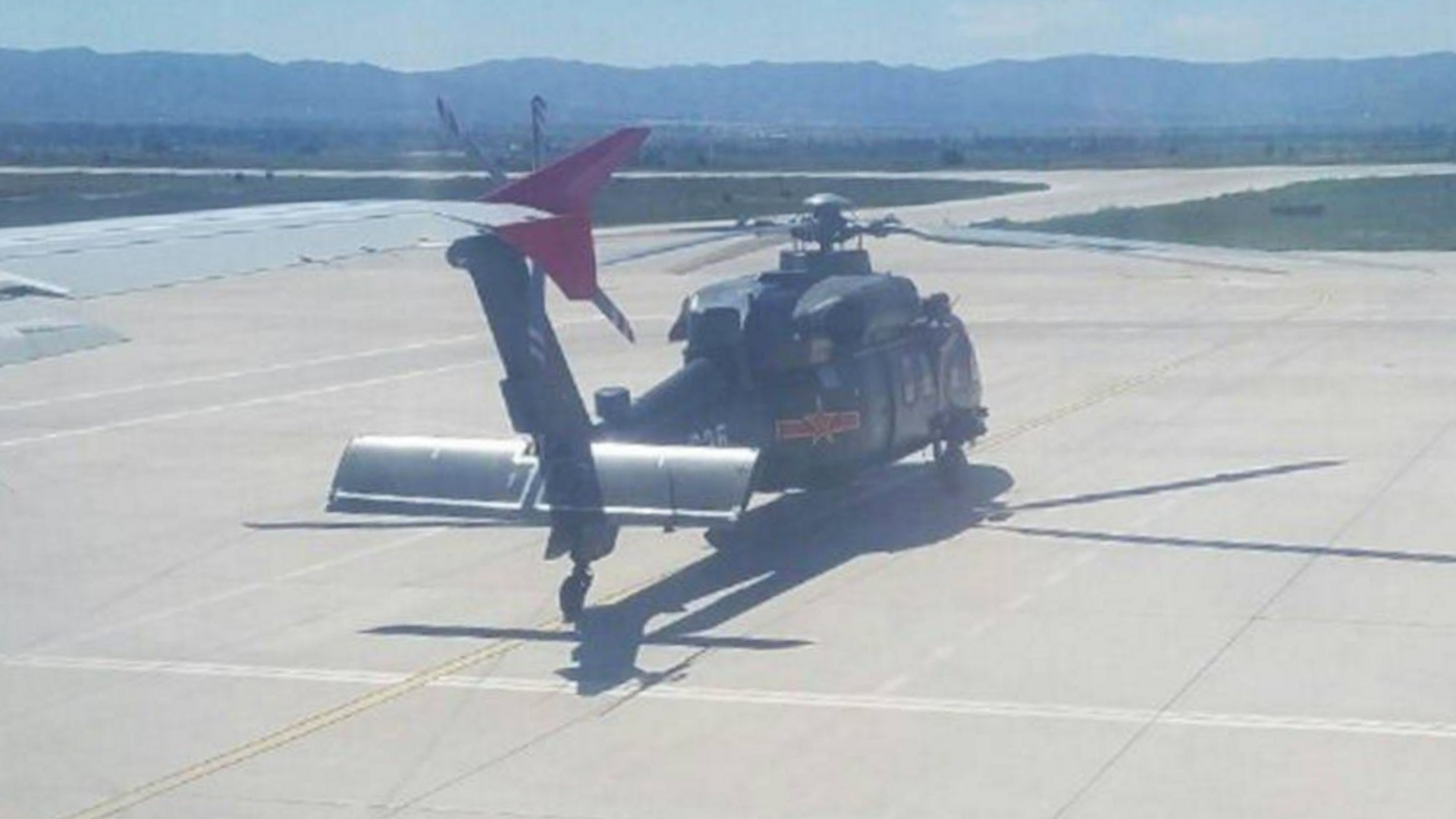
Although China has been accused of hacking detailed design information from American aerospace defense contractors — and rightfully so — the path to constructing the Z-20 was likely a far easier one. 24 S-70C Black Hawks were bought by China from the US in the mid 1980s. Another 100 were offered as options, but after the Tiananmen Square incident in 1989, strict arms embargoes were placed on China by the US and the EU. This ended deliveries of Black Hawks to China and curtailed direct manufacturer support for the helicopters to some degree.
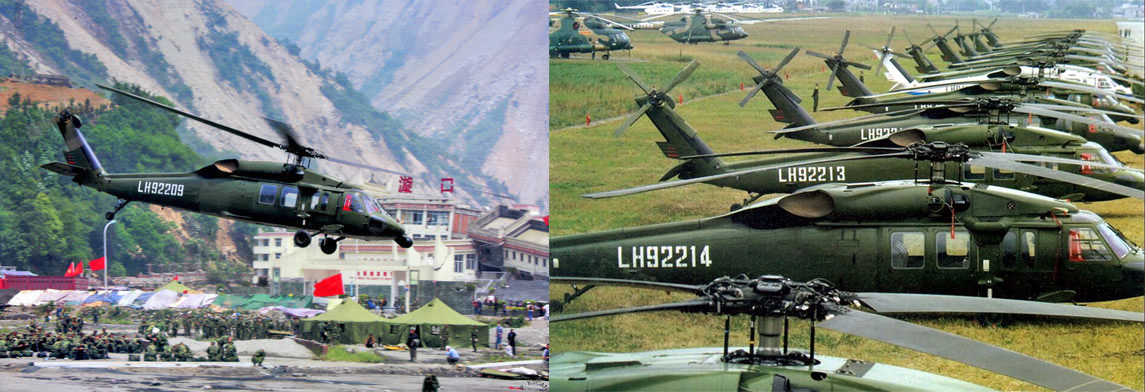
Regardless of the ban, the Chinese seemed to take great pride in their small but capable Blackhawk fleet, continuing to fly and maintain them through the 1990s and even into the present day. The aircraft were used mainly for assault, cargo transport and liaison duties, often in high altitude environments.
Three of the Black Hawks are thought to have been lost due to accidents over the last three decades, but the majority of the remaining fleet still appears to be in flying condition today, despite approaching the end of their service lives.
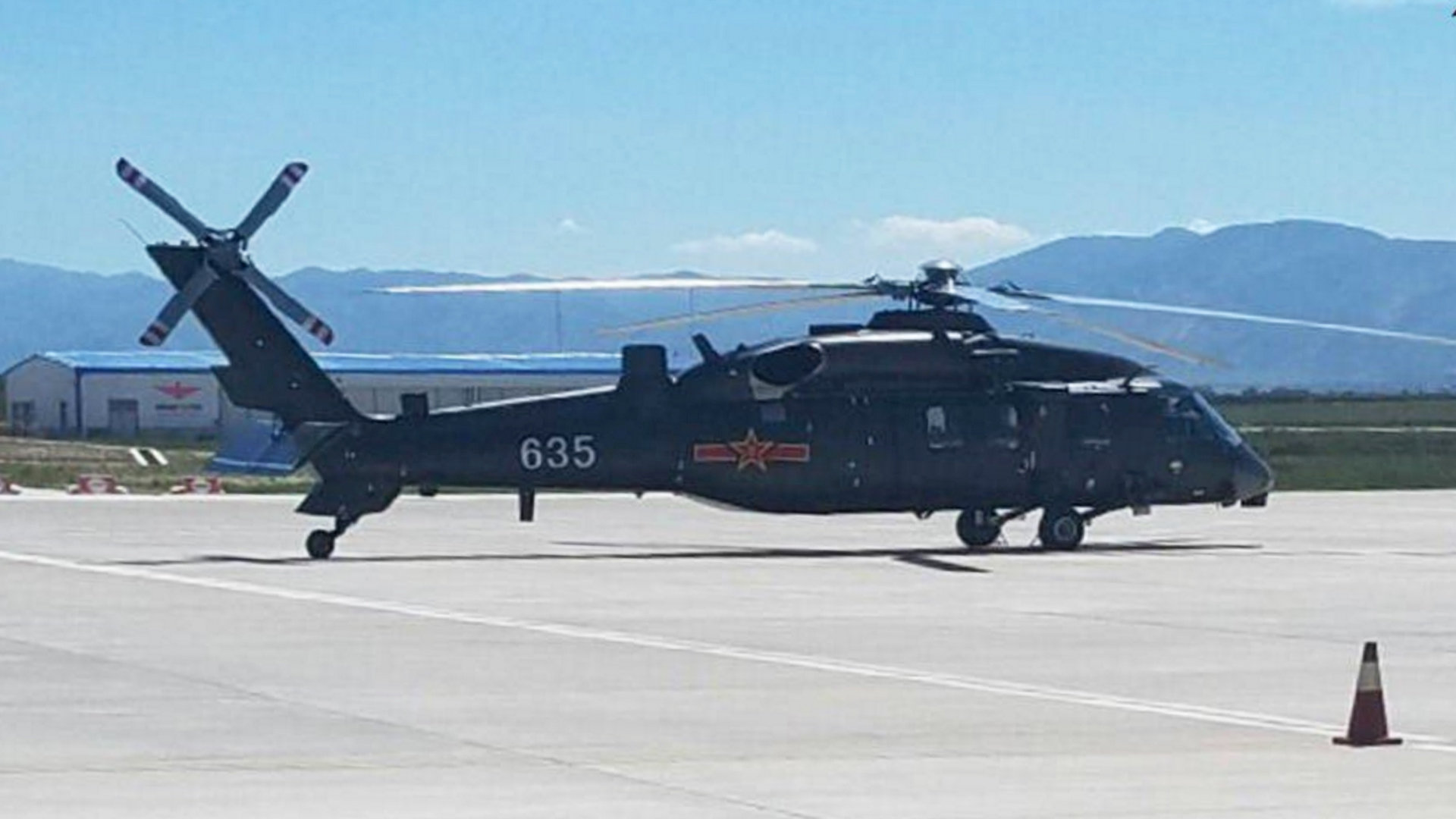
To fill out their fleet, China has procured Mi-17s, an export version of Russia’s Mi-8 ‘Hip’ medium-lift helicopter family which fill a similar role as the Black Hawks. They also use the locally assembled Z-9 variant of the AS365 Dauphin to address lighter tasks, including acting as a multi-purpose maritime helicopter and VIP transport. But even a helicopter produced under license in China and with mostly Chinese-built components is not a true indigenous design. The Z-20, once in mass production, will likely fulfill many of the roles that these helicopters do today, and in much the same manner as how the US utilizes the H-60/S-70 design.
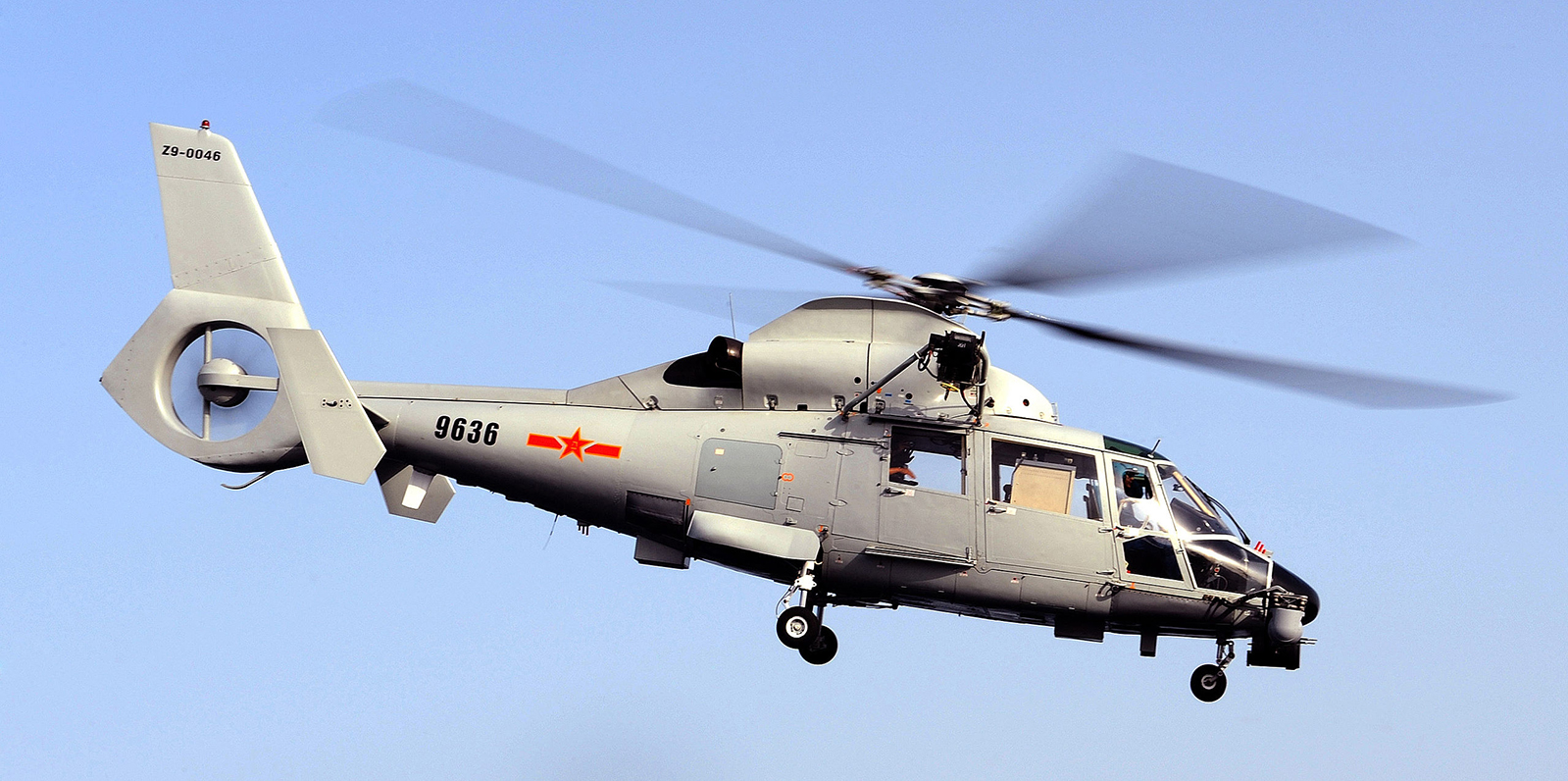
Beijing has followed a similar path with the development of the Z-18, a large multi-role transport helicopter based on the Aerospatiale AS321 Super Frelon. Super Frelons were initially imported to China from Europe in the late 1970s, but eventually the type was built under license in China, like the Z-9. Locally the Super Frelon is known as the Z-8. The Z-18 is basically a indigenous copy of the Z-8 with some improvements and small changes, the largest being the deletion of the “boat” style fuselage. Along with the Z-20, these two aircraft will likely make up the backbone of China’s vertical lift capabilities in the coming decade.
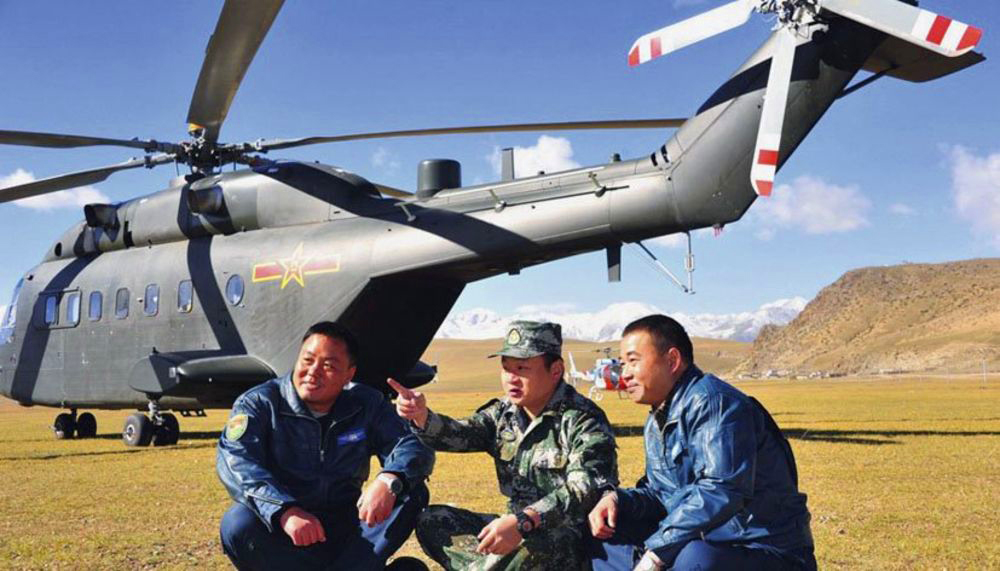
Also of note is that China was known to have inspected the tail section of the crashed stealth-optimized Black Hawk variant left at the Bin Laden compound in Abbottabad, Pakistan. Insights gained from examining the highly intact tail section could be extrapolated by the Chinese in an attempt to create their own low-observable Black Hawk, or Z-20, variant.
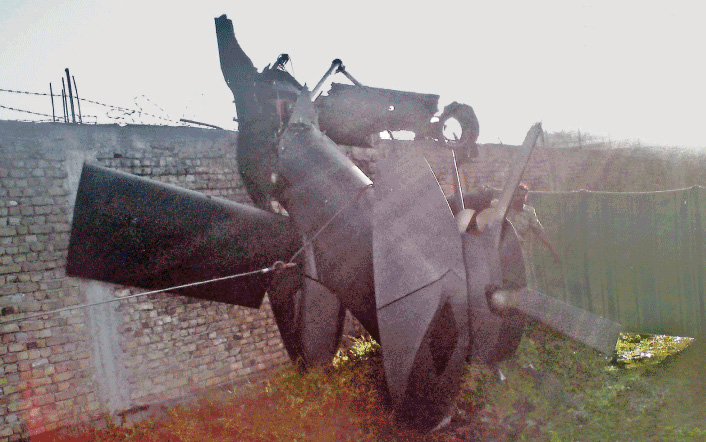
Obviously examining something and executing such an ambitious project are two very different things, but China is clearly very interested in stealth technology — and has shown a fair understanding of it in recent years. With this in mind, at least attempting to create something similar is a real possibility, and even if such a helicopter results in only limited gains signature reduction, it could be seen as a win by the People’s Liberation Army.
Contact the author Tyler@thedrive.com
